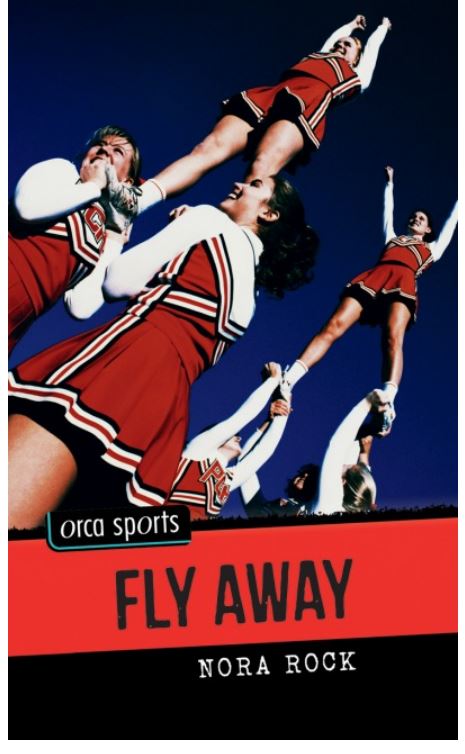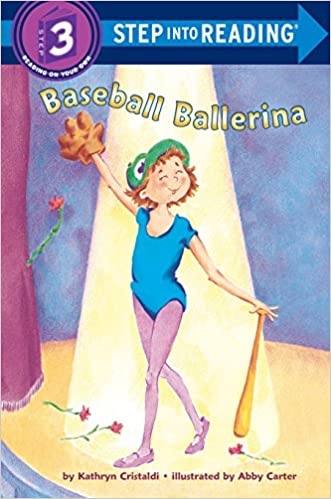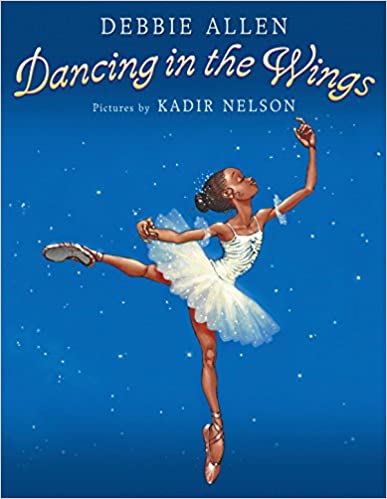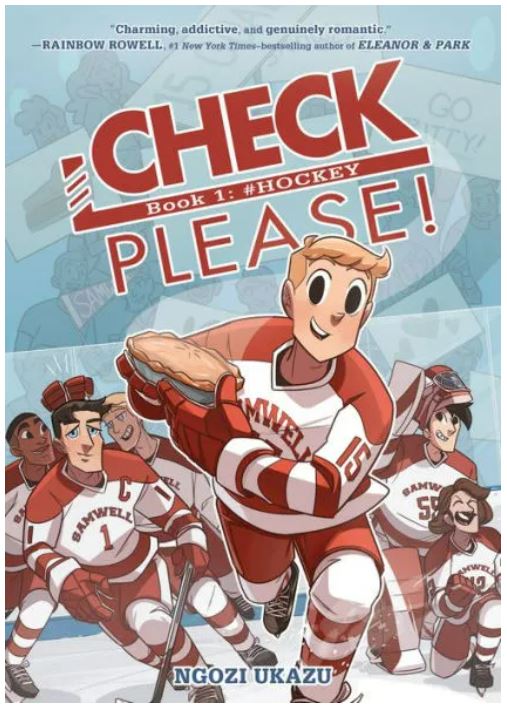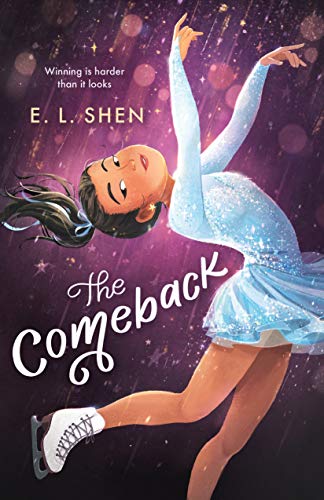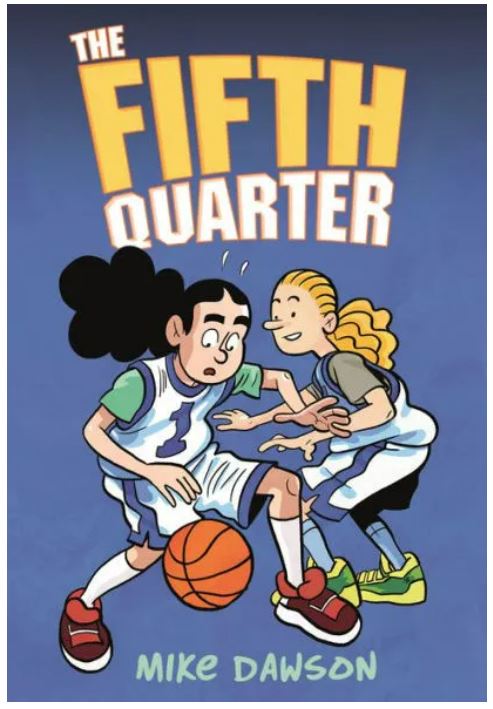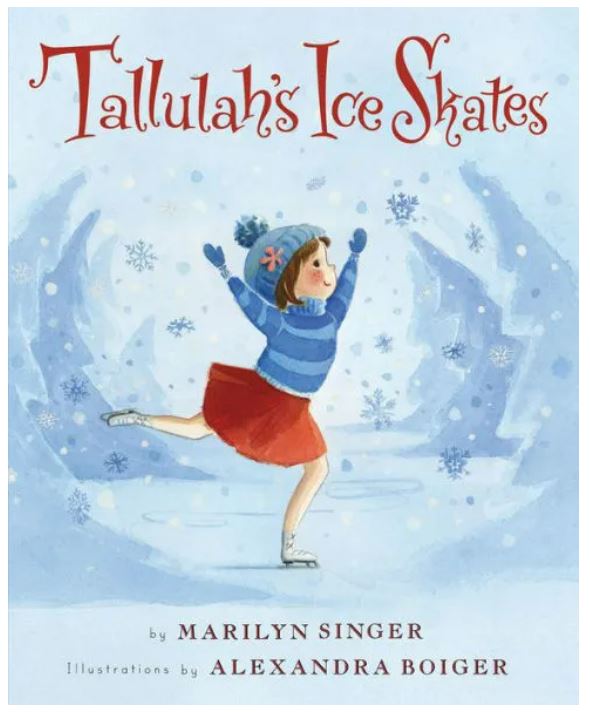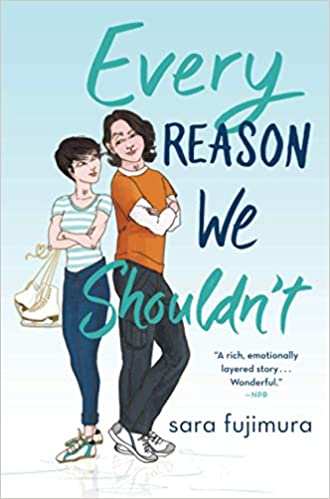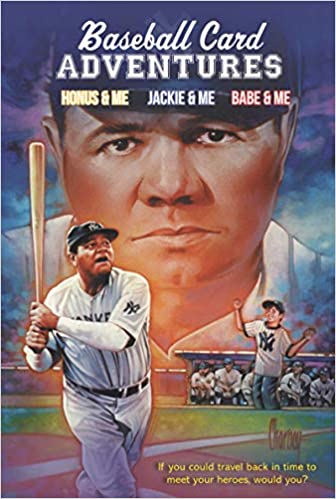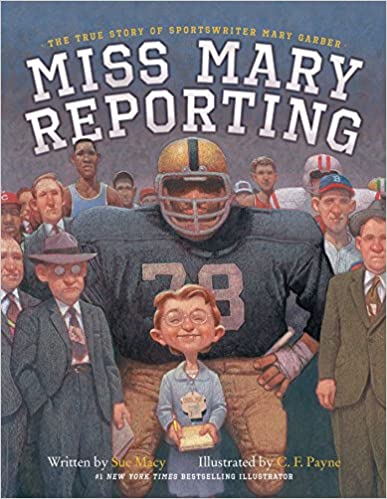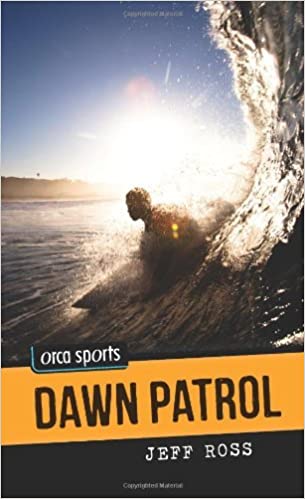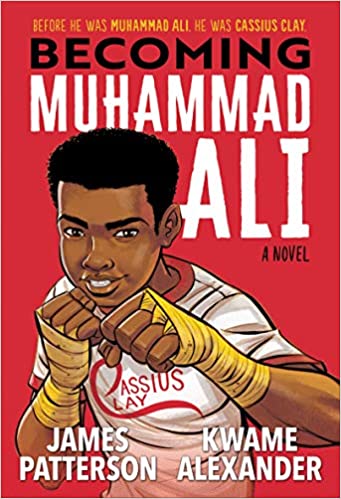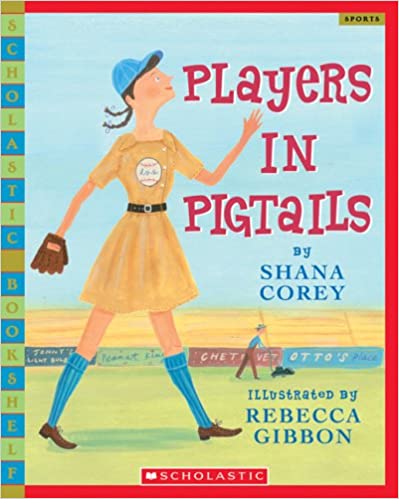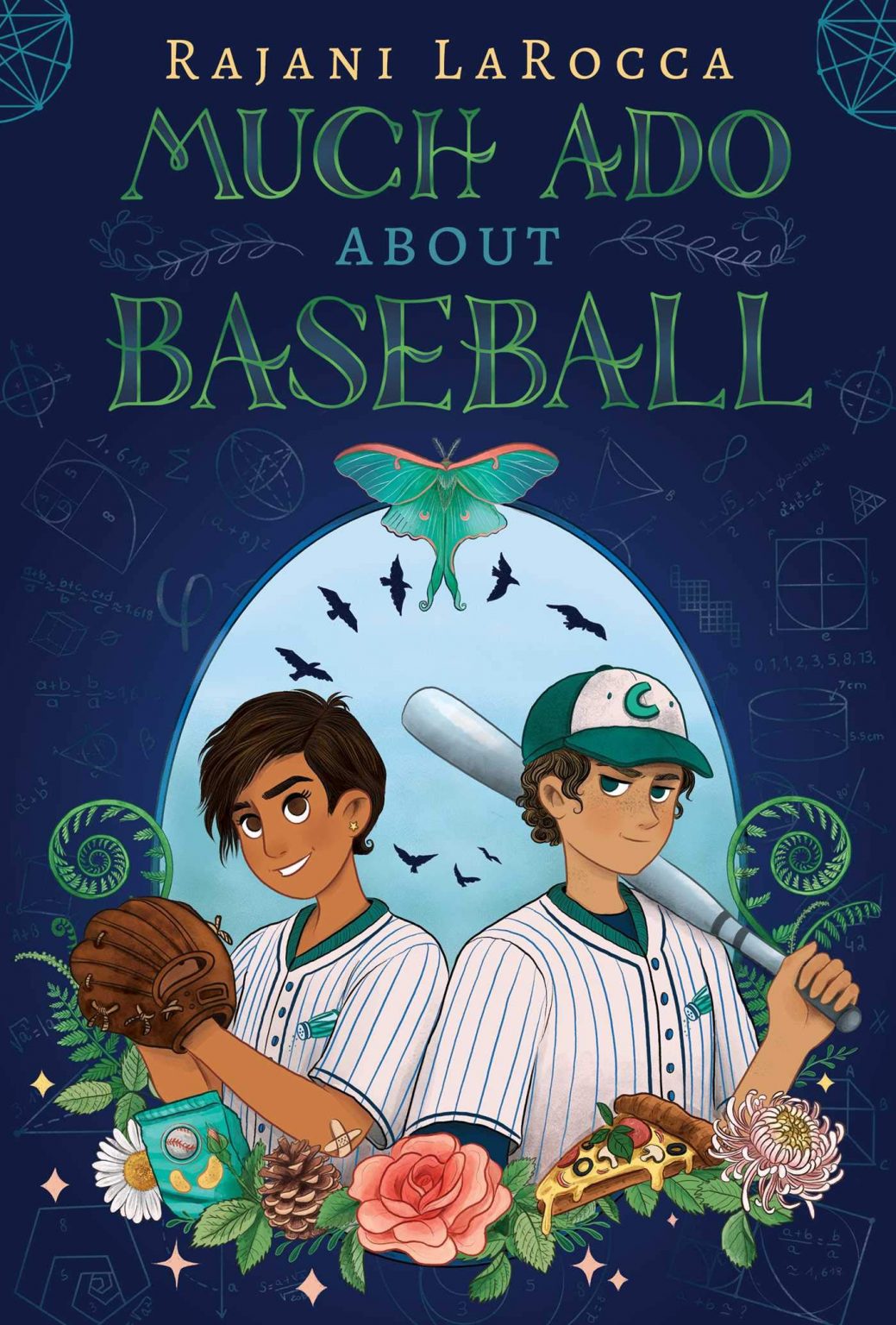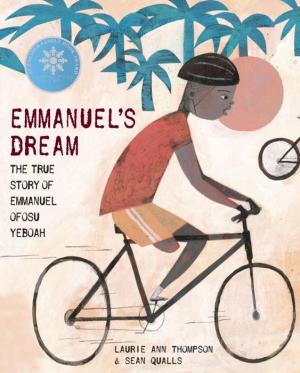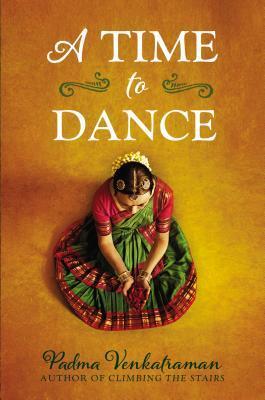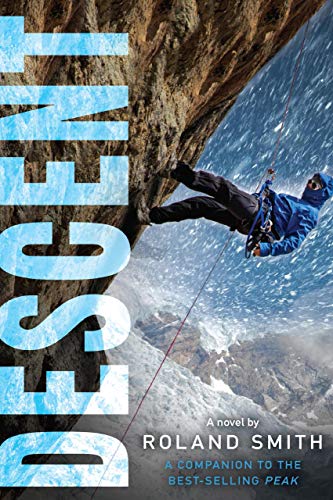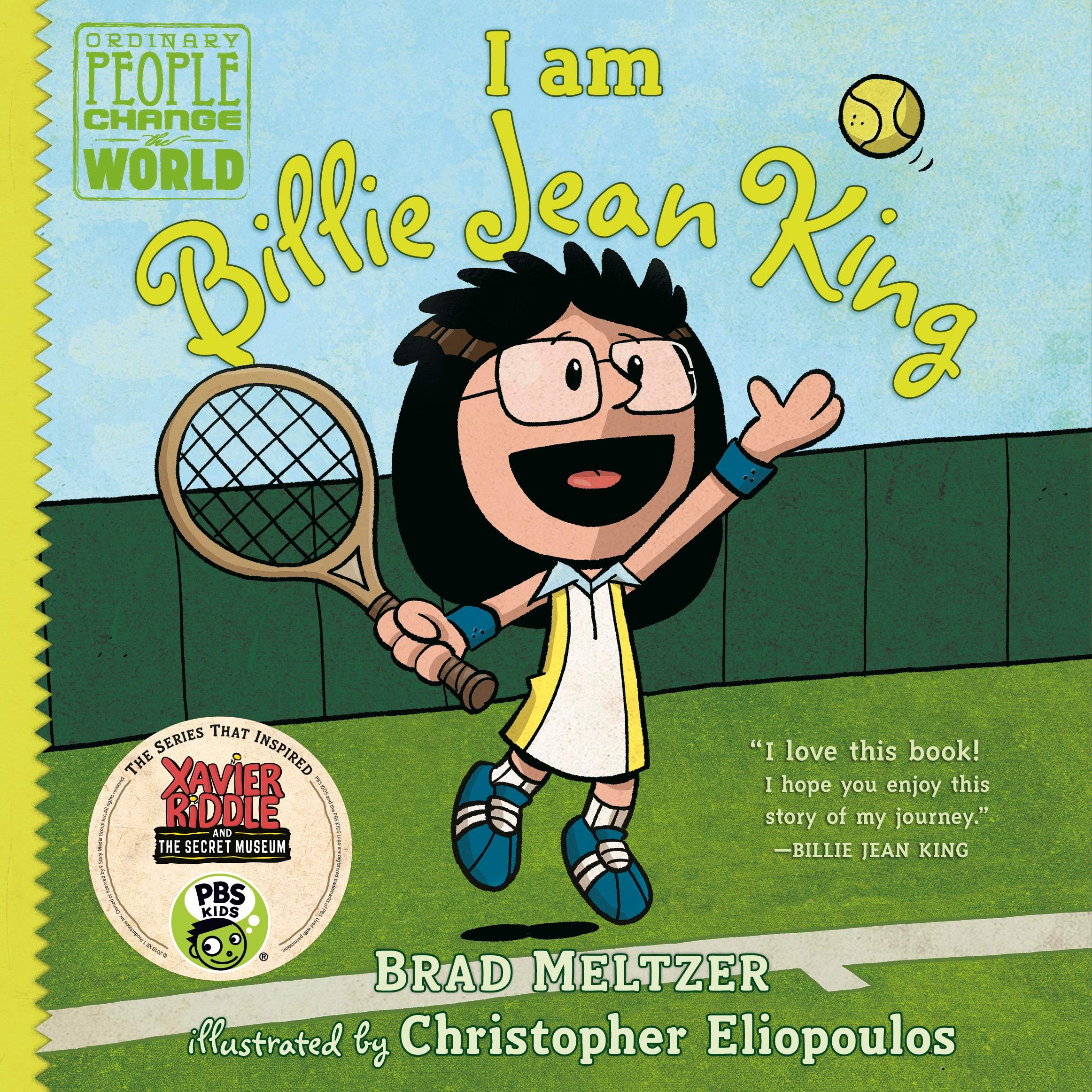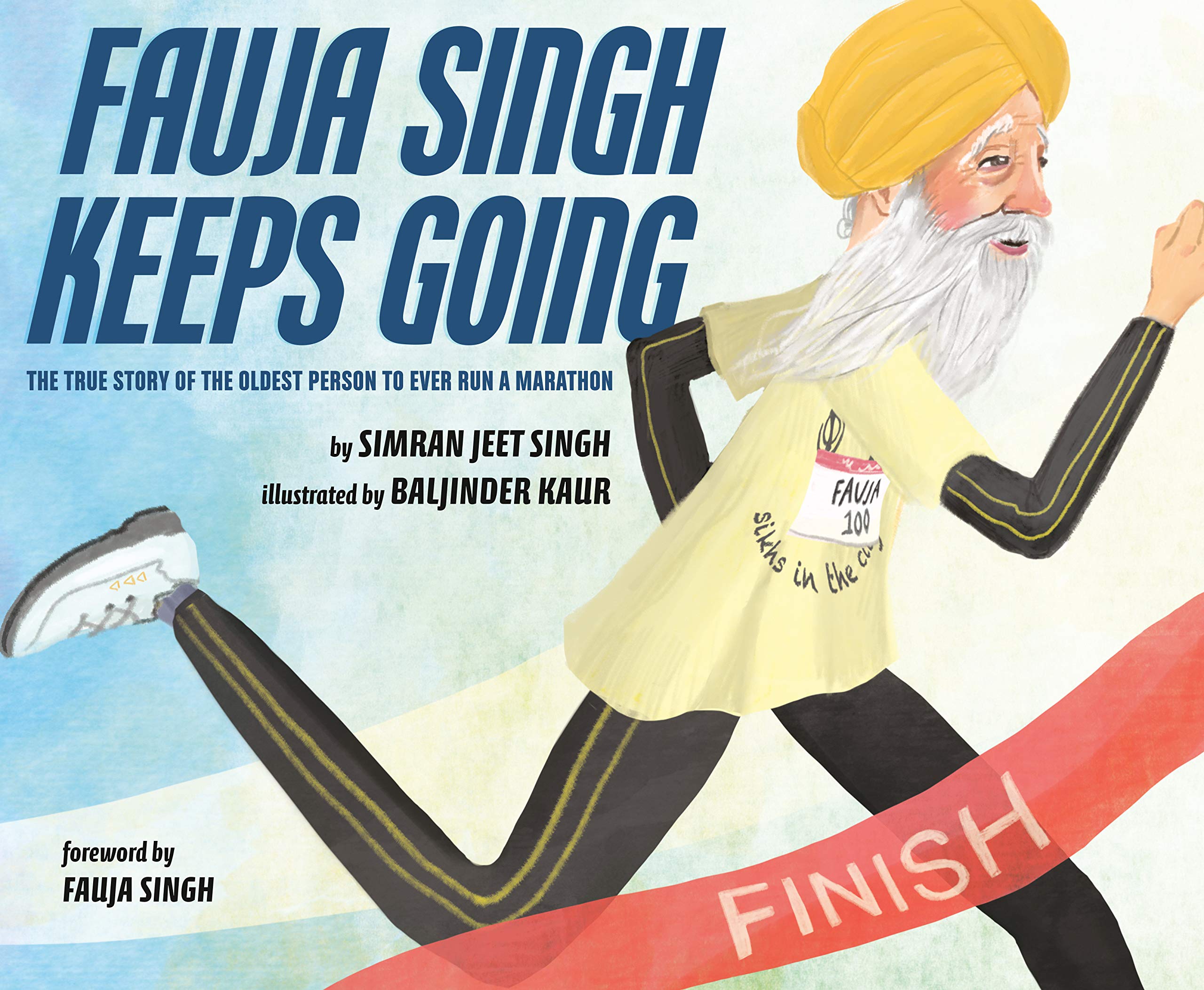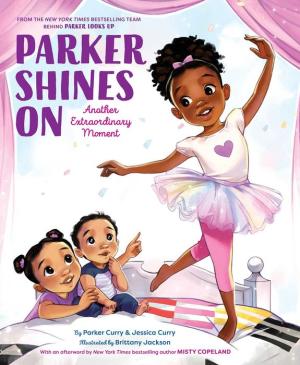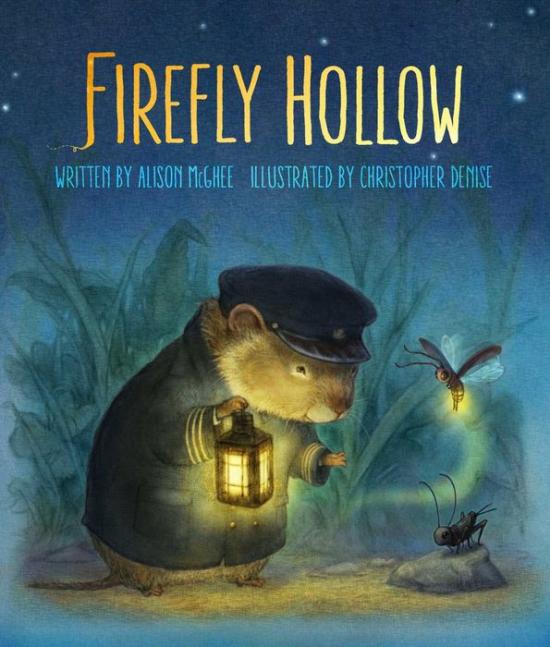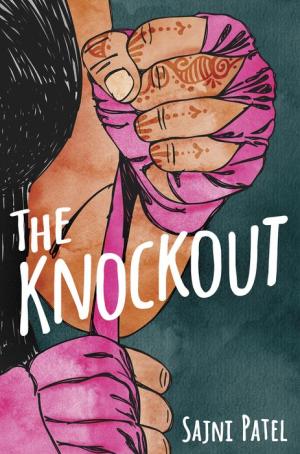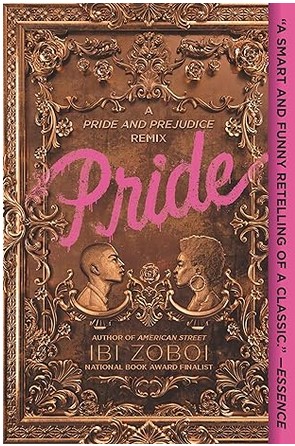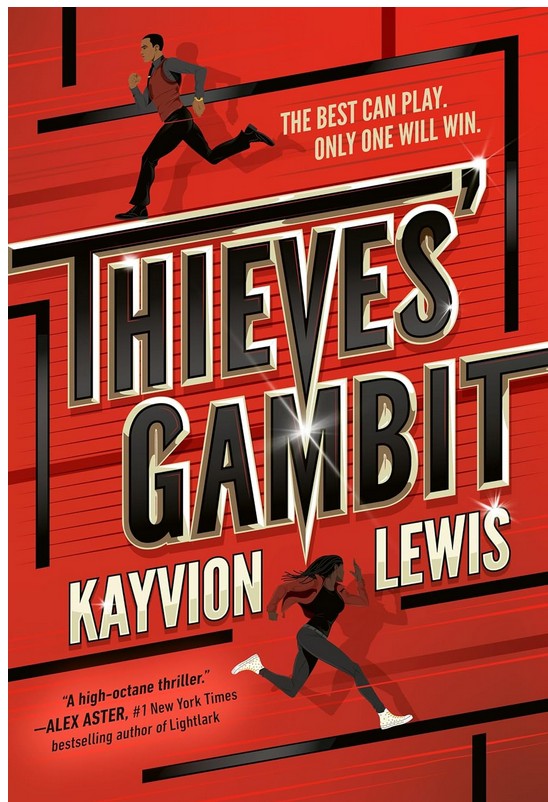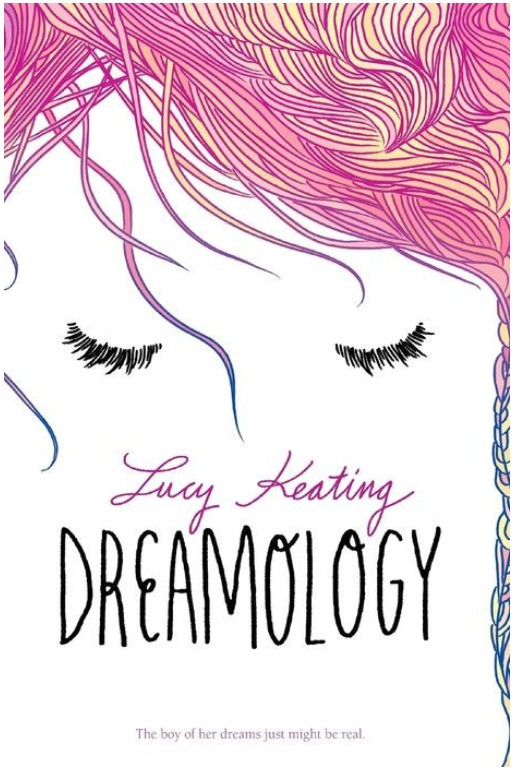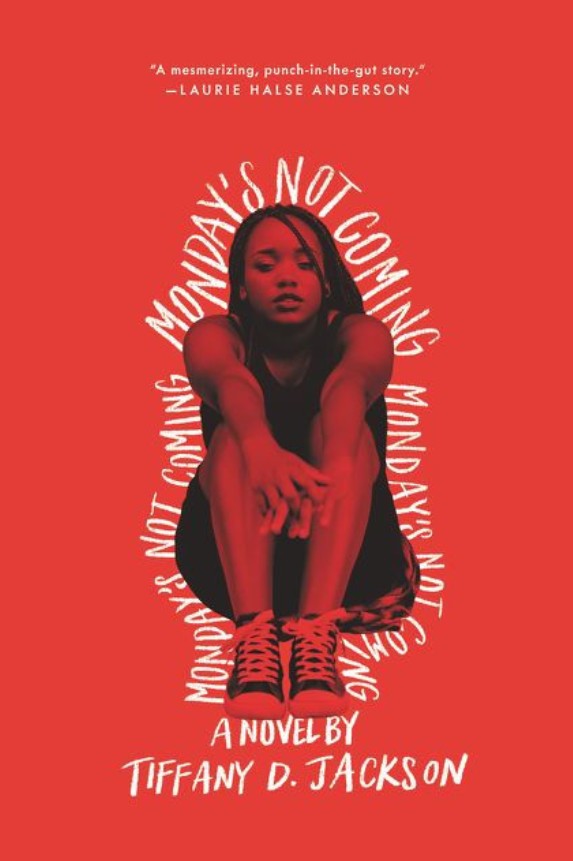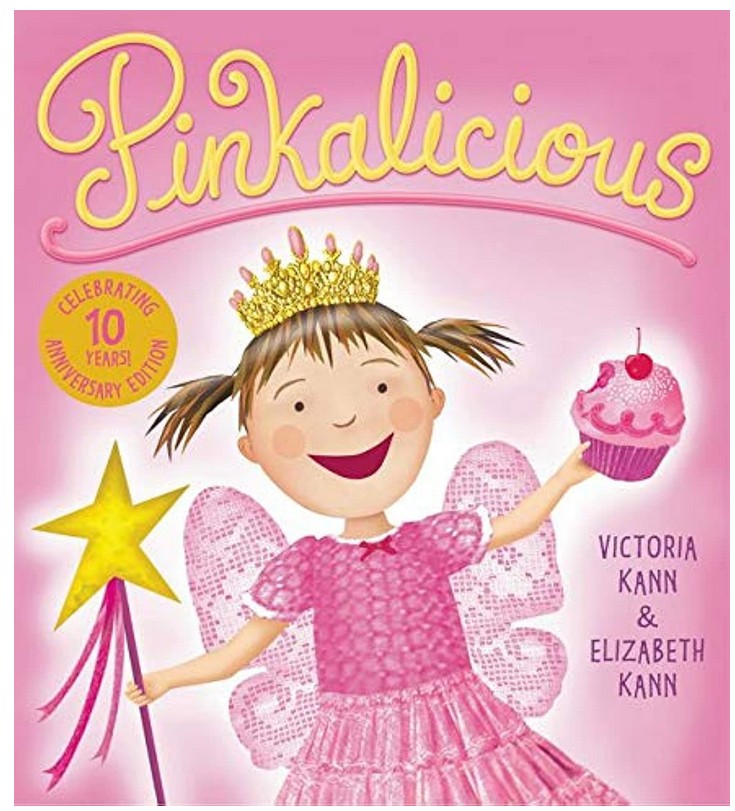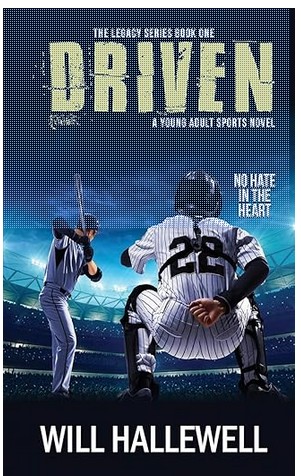After a member of her competitive cheerleading team is injured during practice, sixteen-year-old Marnie is asked to be a flyer – the most coveted role in cheerleading. The Soar Starlings team has a real shot at the provincial championship, and Marnie has only a few weeks to prepare. But as she scrambles to polish her lifts and throws, Marnie’s personal life begins to unravel. First, her boyfriend of two years breaks up with her, and then her best friend Arielle, captain of the Starlings, disappears during a team trip to Toronto. As Marnie struggles to adjust to being both a flyer and the team’s new captain, she realizes that to be a leader, you have to let go of old alliances to make room in your life for new ones.
While Fly Away is told from Marnie’s point of view, the self-centered protagonist isn’t very likable. When her best friend Arielle disappears, Marnie focuses on how Arielle’s disappearance affects her. Then instead of being honest with the adults around her, Marnie and another cheerleader take off on their own to find Arielle. The two girls discover that Arielle is being taken advantage of by an older man. However, it’s unclear if Marnie reveals Arielle’s whereabouts to those concerned for her wellbeing. Instead, Marnie thinks that keeping Arielle’s activities a secret is what a best friend should do.
Fly Away has a blend of boyfriend drama, cheerleading conflict, and mystery, which will keep the reader engaged until the very end. Plus, Marnie does show personal growth as she takes on the leadership of her cheer squad. At one point, Marnie tells the girls, “Each one of us worries about making a mistake and letting the others down. But that’s a waste of energy. It’s yourself that you need to be accountable to. Do right by you. The rest will take care of itself.”
Fly Away will appeal to readers who are interested in cheerleading. Readers will also relate to Marnie’s desire to fit in with her cheerleading squad and her insecurity when it comes to leadership ability. The story’s high-interest topic is written specifically for teens who are reluctant readers. Because of the brevity of the book, the story leaves some unanswered questions which will frustrate some readers. Despite this, teens will relate to Marnie’s desire to be a good friend and a good leader. Readers who want a strong cheerleading protagonist worthy of cheering for should also read Exit, Pursued by a Bear by E. K. Johnston.
Sexual Content
- None
Violence
- Marnie runs from a vicious dog. The dog attacks Marnie and she “punched, blindly, in the animal’s direction, and missed. . . The dog closed its jaw around my wrist, and pain shot up my arm. I swung my leg forward and booted the dog in the throat, and it let me go.” Marnie has to go to the hospital to have the dog bite looked at.
Drugs and Alcohol
- None
Language
- None
Supernatural
- None
Spiritual Content
- None
